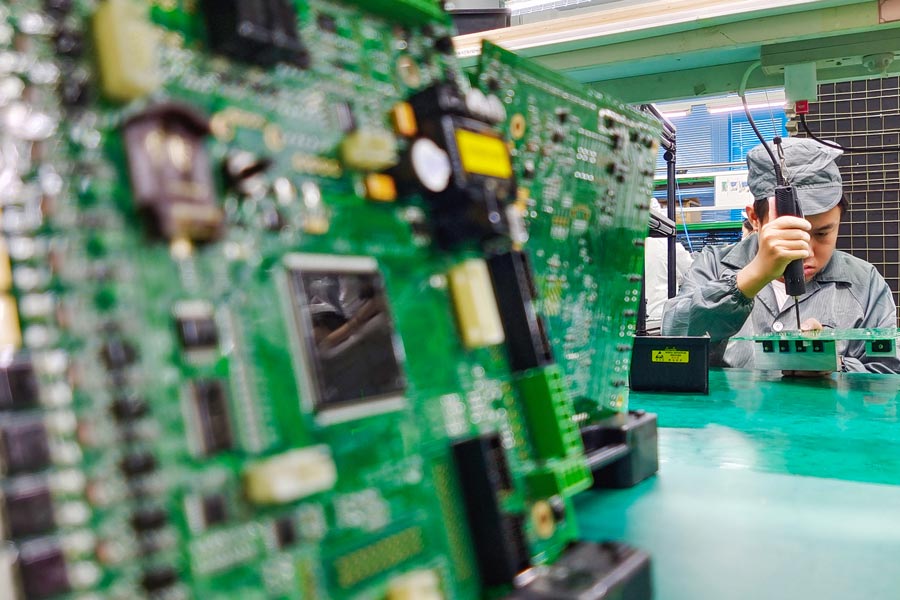PCBs are an integral component of any electronic device whether it is a small toy or a sophisticated machine. Its complex interconnected components comprising of resistors, diodes, capacitors, sensors, ICs, and more complicated parts allow the device to work together. In a sense, it is like the brain of the system. Therefore, it is critical to keep the PCB assembly process flawless.
Here are some of the factors that need more attention for PCB Problem and solution:
Supply Chain Management
To be able to manufacture high-quality PCBs, one thing that needs to be in order is the supply chain. It is important to check the availability, quality and price of the components, in that to ensure the quality of the product. Otherwise, the counterfeit components can have disastrous consequences for product performance and your reputation. Moreover, it is essential to check the delivery time of the components, especially as the quantity required increases. Although you can get initial samples quickly from the manufacturer, remember to budget for delivery time as the quantity increases.
PCB Layout
A common problem faced at the manufacturing stage is the nuances in PCB layout. While several designs may look good on paper, manufacturing them may be a different situation. For example, if the design has a large number of components positioned closely together, soldering them may be an issue. For a double-sided PCB, you need to make sure that the largest components are placed on one side. Essentially you need to make sure that the pcb layout is indeed viable at the manufacturing stage. For example, if holding down complicated parts requires them to be glued manually, it will increase your assembly time and also increase the risk of quality.
PCB Testing
A common problem associated with PCB Assembly, is that the testing is often done after the manufacturing. However, What needs to be done is to design the test points as you conceive the design. In fact, there are a large number of PCB functional tests to ensure the performance of the PCB.
Some of PCB tests include:
•Micro-sectioning Analysis- Also referred to as Cross sectioning, this test helps to identify component defects as also a thermo mechanical failures.
•Solderability Testing- This test helps test PCB pad solderability to ensure that the surface is robust so that the solder joint will be reliable. It also helps to determine if storage will lead to any effects on the solder components.
•PCB Contamination Testing- This tests a number of issues such as corrosion and degradation. Very often handling, flux residues etc can lead to contamination which can in turn lead to part failure. The contamination analysis is known for its accuracy and precision.
•Optical Microscopy- This tests the PCB for problems associated with soldering and overall assembly. The process is known for its speed as it involves using a high power microscope to check for improper construction.
•X-ray Inspection- A Non-invasive test, this lays bare any surface and internal defects with ease.
A whole lot of PCB Challenges also emanate from the fact that increasingly components are shrinking in size and circuits are becoming more and more sophisticated. Thus, to ensure the performance of products, we are required to control the quality during the PCB assembly process more carefully.




